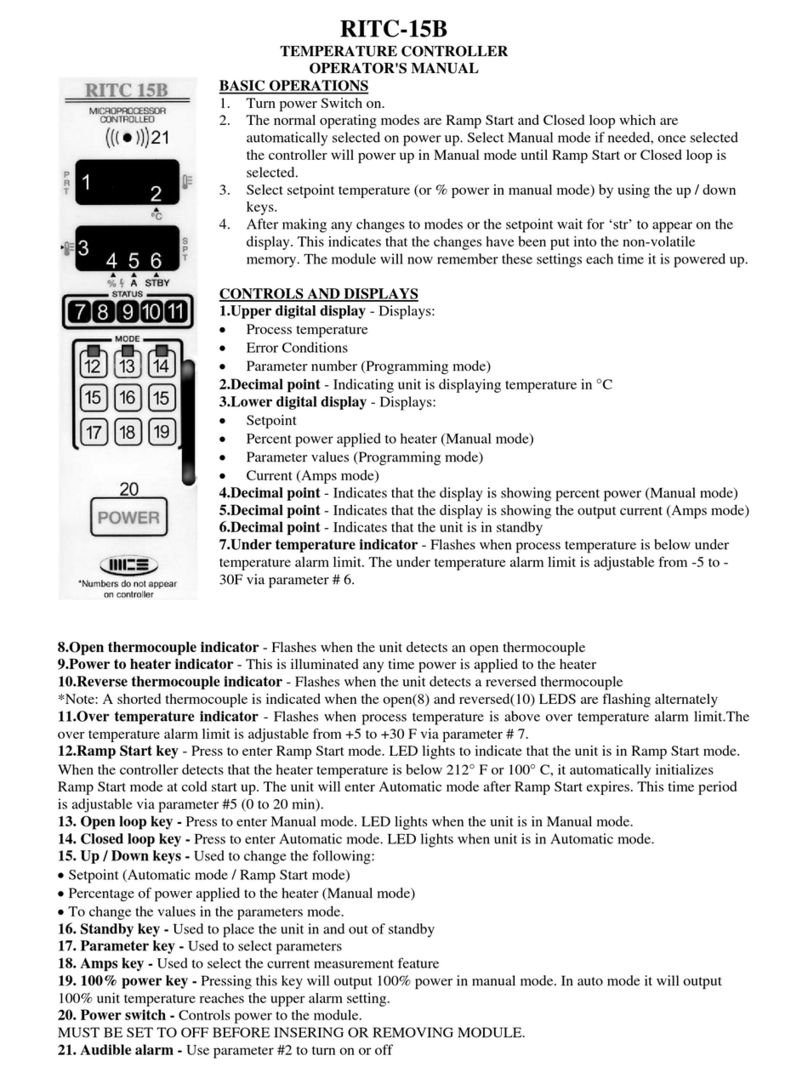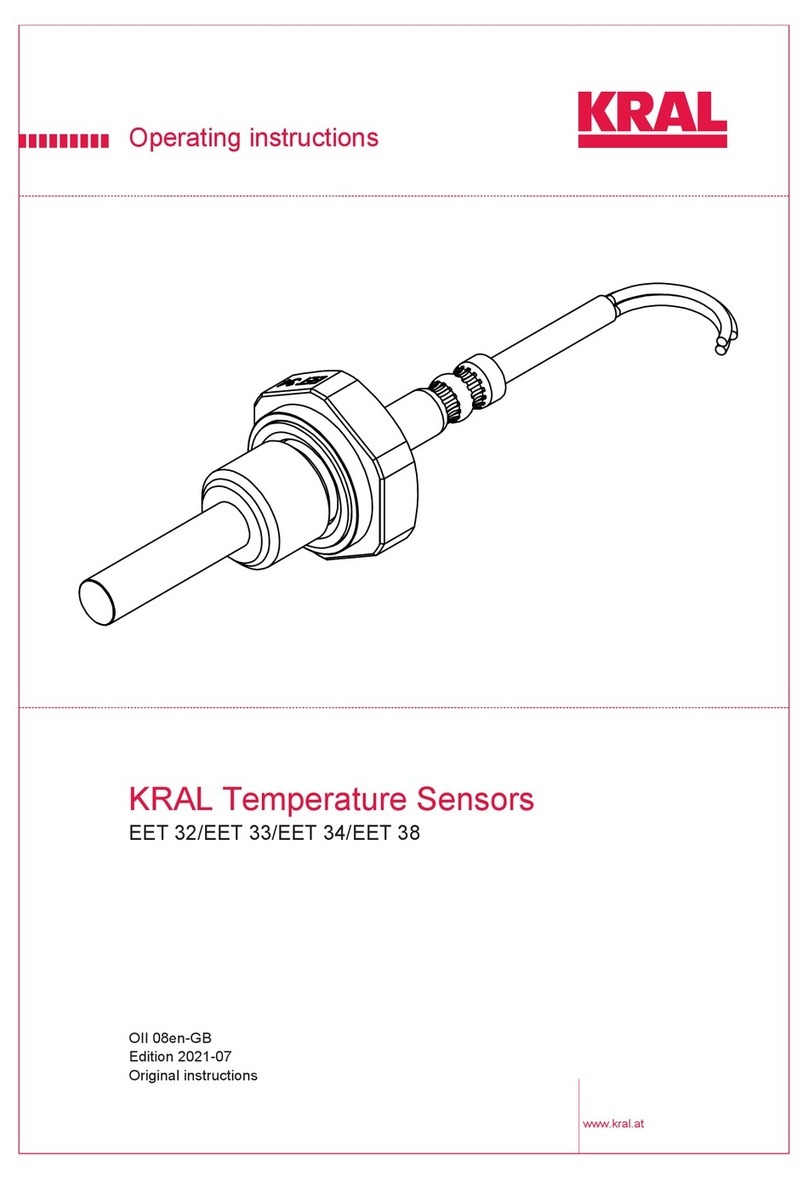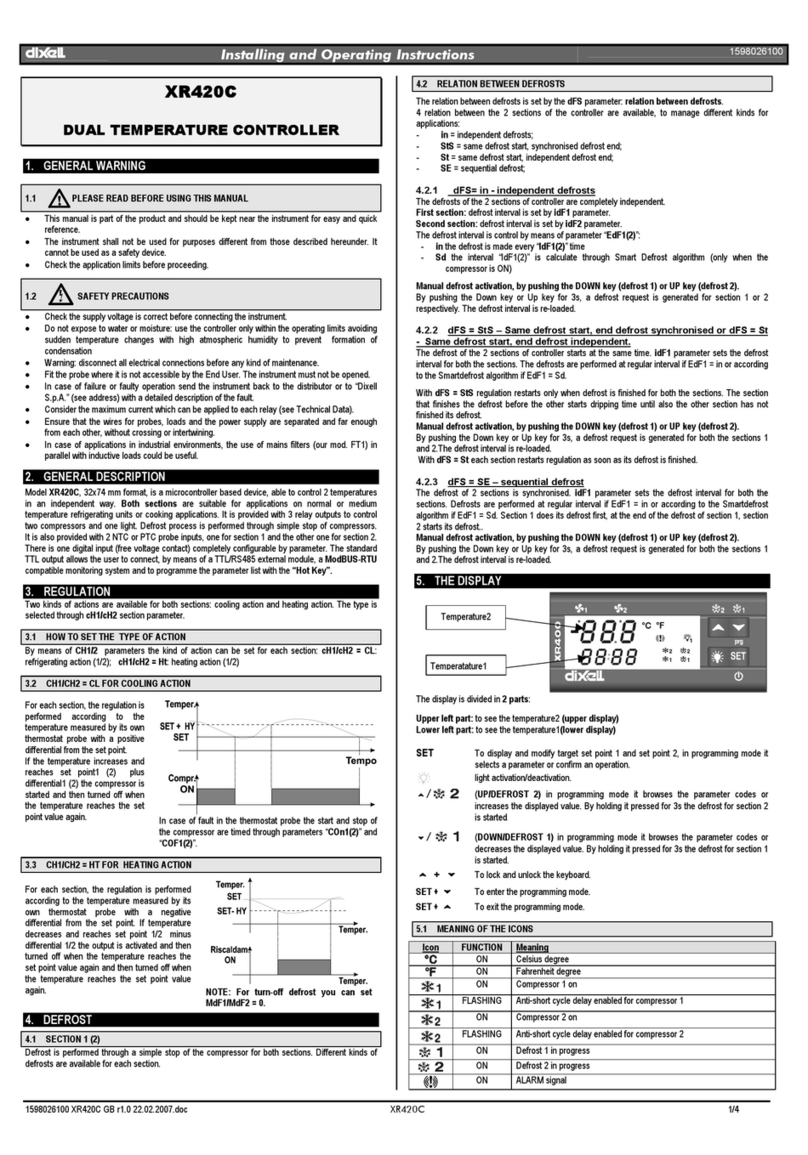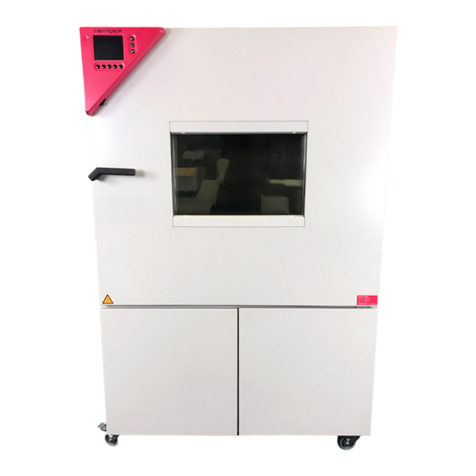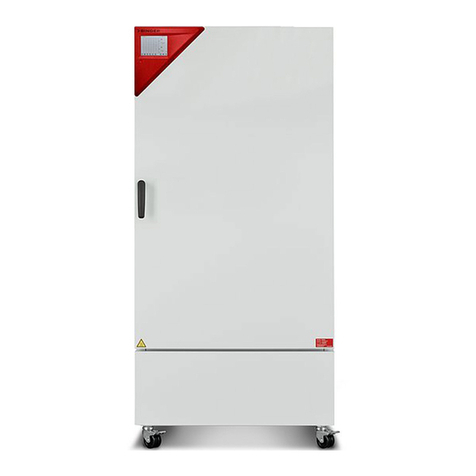
KBF P + KBF LQC + KBWF (E6) 11/2016 page 4/189
11.5 Section editor: Section management ................................................................................................83
11.5.1 Add a new section ...................................................................................................................84
11.5.2 Copy and insert or replace a section.......................................................................................85
11.6 Value entry for a program section.....................................................................................................85
11.6.1 Set-point ramp and set-point step modes................................................................................85
11.6.2 Weekday..................................................................................................................................86
11.6.3 Start time .................................................................................................................................86
11.6.4 Temperature setpoint ..............................................................................................................87
11.6.5 Humidity setpoint.....................................................................................................................87
11.6.6 Fan speed setpoint..................................................................................................................88
11.6.7 UVA target dose value – KBF LQC .........................................................................................88
11.6.8 VIS target dose value – KBF LQC...........................................................................................89
11.6.9 Light commutation and special controller functions via operation lines...................................89
11.7 Deleting a week program ..................................................................................................................90
12. NOTIFICATION AND ALARM FUNCTIONS ........................................................91
12.1 Notification and alarm messages overview.......................................................................................91
12.1.1 Notifications.............................................................................................................................91
12.1.2 Messages when reaching a dose target value – KBF LQC.....................................................92
12.1.3 Alarm messages......................................................................................................................93
12.1.4 Messages concerning the humidity system.............................................................................93
12.2 State of alarm....................................................................................................................................94
12.3 Resetting an alarm, list of active alarms ...........................................................................................94
12.4 Tolerance range settings...................................................................................................................95
12.5 Activating / deactivating the audible alarm (alarm buzzer)................................................................96
13. TEMPERATURE SAFETY DEVICES...................................................................97
13.1 Over temperature protective device (class 1) ...................................................................................97
13.2 Overtemperature safety controller class 3.1 .....................................................................................97
13.2.1 Safety controller modes...........................................................................................................97
13.2.2 Setting the safety controller.....................................................................................................98
13.2.3 Message and measures in the state of alarm .........................................................................99
13.2.4 Function check ........................................................................................................................99
13.3 Temperature safety device class 3.3 (option).................................................................................100
13.3.1 Temperature safety device class 3.1.....................................................................................101
13.3.2 Temperature safety device class 3.2.....................................................................................102
14. USER MANAGEMENT.......................................................................................103
14.1 Authorization levels and password protection.................................................................................103
14.2 Log in...............................................................................................................................................106
14.3 Log out ............................................................................................................................................107
14.4 User change....................................................................................................................................107
14.5 Password assignment and password change.................................................................................108
14.5.1 Password change..................................................................................................................108
14.5.2 Deleting the password for an individual authorization level...................................................111
14.5.3 New password assignment for “service” or “admin” authorization level when the password
function was deactivated.......................................................................................................112
14.6 Activation code................................................................................................................................113
15. GENERAL CONTROLLER SETTINGS..............................................................114
15.1 Selecting the controller’s menu language .......................................................................................114
15.2 Selecting the temperature unit ........................................................................................................114
15.3 Setting date and time ......................................................................................................................115
15.4 Display configuration.......................................................................................................................117
15.4.1 Adapting the display parameters...........................................................................................117
15.4.2 Touchscreen calibration ........................................................................................................119
15.5 Network and communication...........................................................................................................120
15.5.1 Serial interfaces.....................................................................................................................120
15.5.2 Ethernet.................................................................................................................................121
15.5.3 Web server............................................................................................................................122



